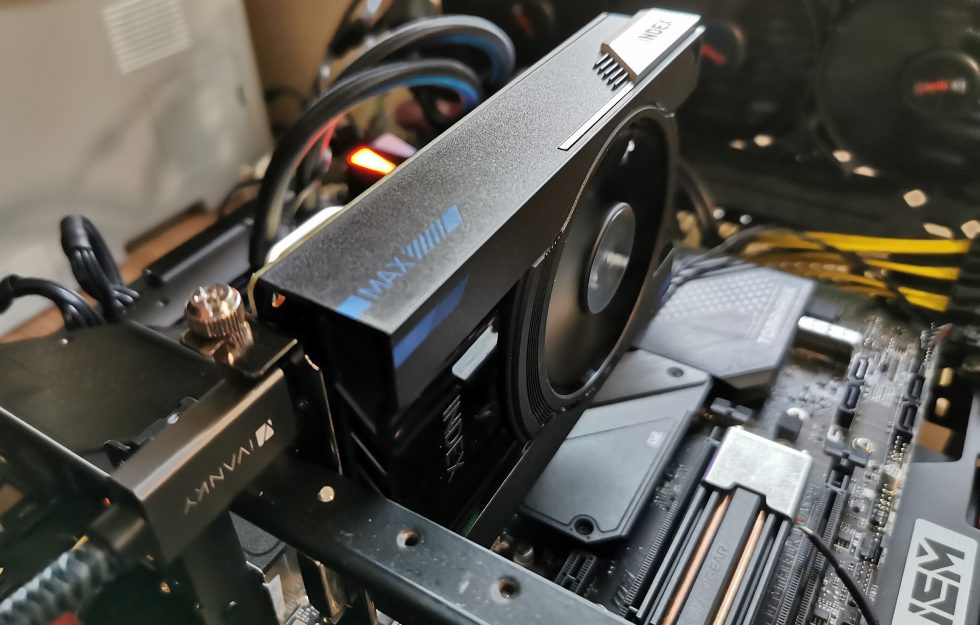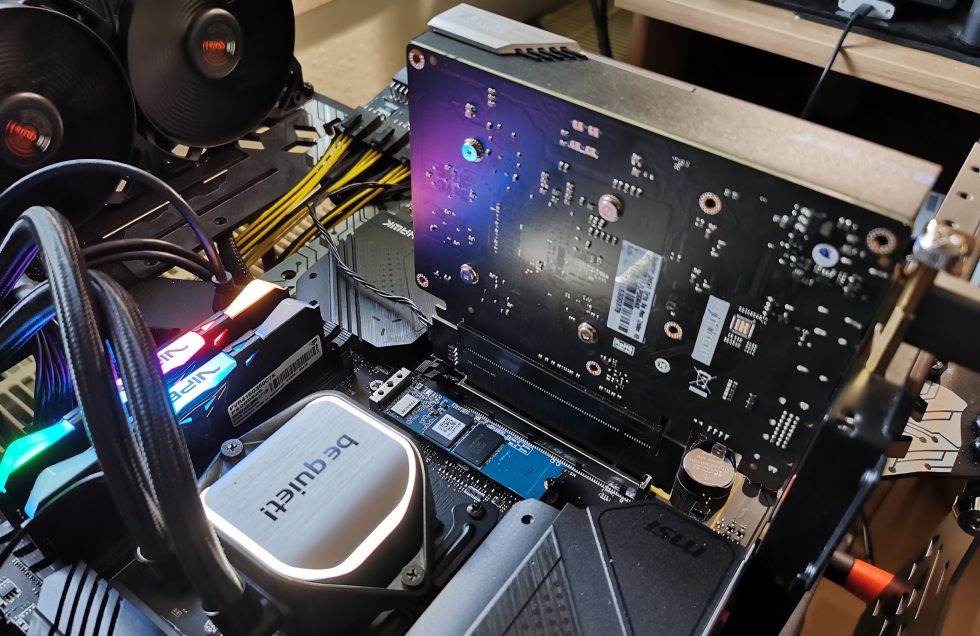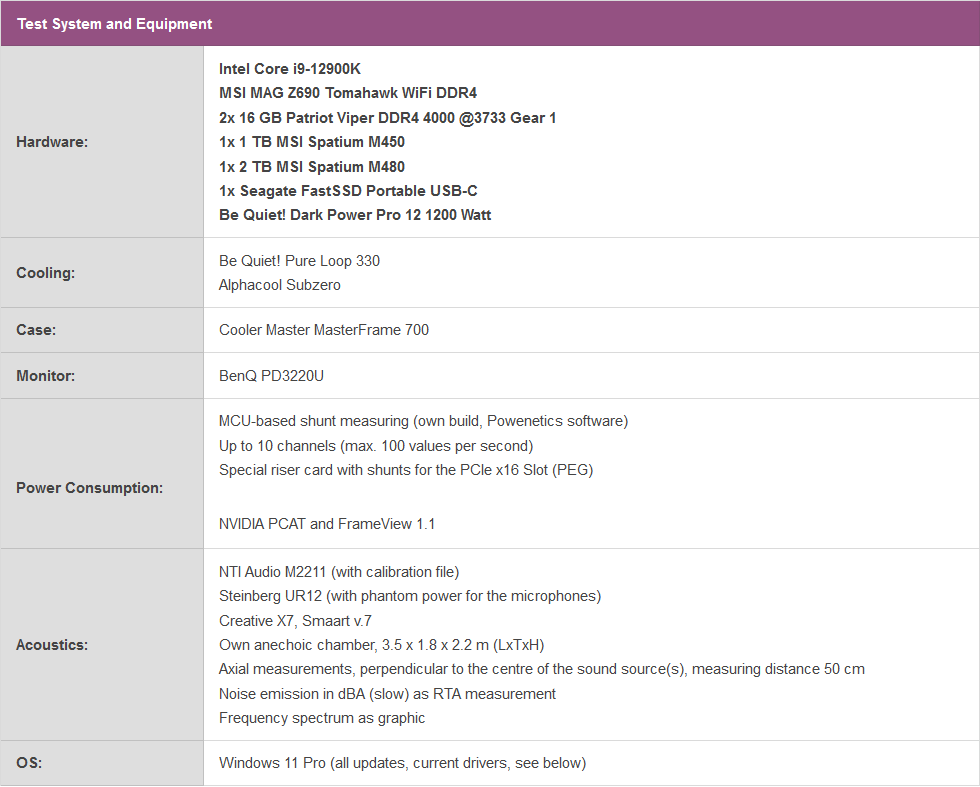Can Intel’s Xe Max, i.e. our dedicated DG1 card in the form of the GUNNIR Iris Xe MAX Index V2, actually do light workstation stuff? You don’t have to test Office application, for that it’s quite enough. But what about lighter work in the productive field, which can still be done quite well with AMD’s Radeon Pro W6400, for example? You might have to add between 30 and 50% more performance to today’s results of the DG1 to match Intel’s new DG2 cards at the lower end, but the DG1 is also sufficient for a first comparison. For all gamers I have also linked the first part of my review:
The DG1 and the Arc A350 are not that different. The Iris Xe series can virtually be considered the predecessor of the Arc A300 series, which is supposedly based on the DG2-128EU GPU. A smaller 6nm manufacturing node, higher clock rates and a higher TDP should provide a significant performance increase in Intel’s entry-level desktop GPU segment. But this initial test can also provide a certain foretaste when you later try to extrapolate the performance data with the help of the EU and the clock.
Intel has actually developed two DG1-SKUs: Iris Xe and Iris Xe Max- Whereby our model corresponds to the chip exclusively developed for laptops in its full configuration. GUNNIR thus uses all 96 execution units for the Iris Xe Max Index V2 (instead of 80 for the Iris Xe non-MAX). The 96 EUs offer 768 shading units and a boost clock of 1.65 GHz. Despite this increase over the 80-EU variant, the power limit of 25 to 41W has not changed compared to the non-MAX model. At least on paper.
That the Intel graphics card could still be slowed down by the drivers is certainly not a question, because that will of course still be the case in certain software packages. I also have a very extreme example of this later. However, Intel will have to listen carefully to the use case of a card like the small Arc A350. And of course, this also raises the question of how this is thought of with the software certifications and perhaps separate driver packages.
For this very reason of missing certifications, software packages such as Solidworks do not run cleanly and especially not with all modules. However, other productive software ran surprisingly well. Unfortunately, there’s not much left of an actual software suite to make a truly fair comparison with. Things that didn’t seem plausible (Creo 3 and 4) I took out as full versions. Rendering is also more of a burden for this GPU, which it cannot bear.
One more important detail has to be mentioned about the test system and the benchmarks. The DG1, the Radeon Pro W6600 and W6400 were benchmarked on the test system recorded below, the other cards still on the old familiar system with the Ryzen 9 5900X. I did plausibility tests in advance, of course, but they also prove that the deviations were always under 3% for the big cards, if at all. Since the differences between the cards are almost always significantly larger, this can be neglected with a clear conscience. Anyway, the direct comparison cards were tested on identical hardware, which is really important. Except for the motherboard and CPU, the settings are de facto the same.





































12 Antworten
Kommentar
Lade neue Kommentare
Veteran
1
Mitglied
Urgestein
1
Veteran
Veteran
Urgestein
Urgestein
Urgestein
Veteran
Urgestein
Alle Kommentare lesen unter igor´sLAB Community →